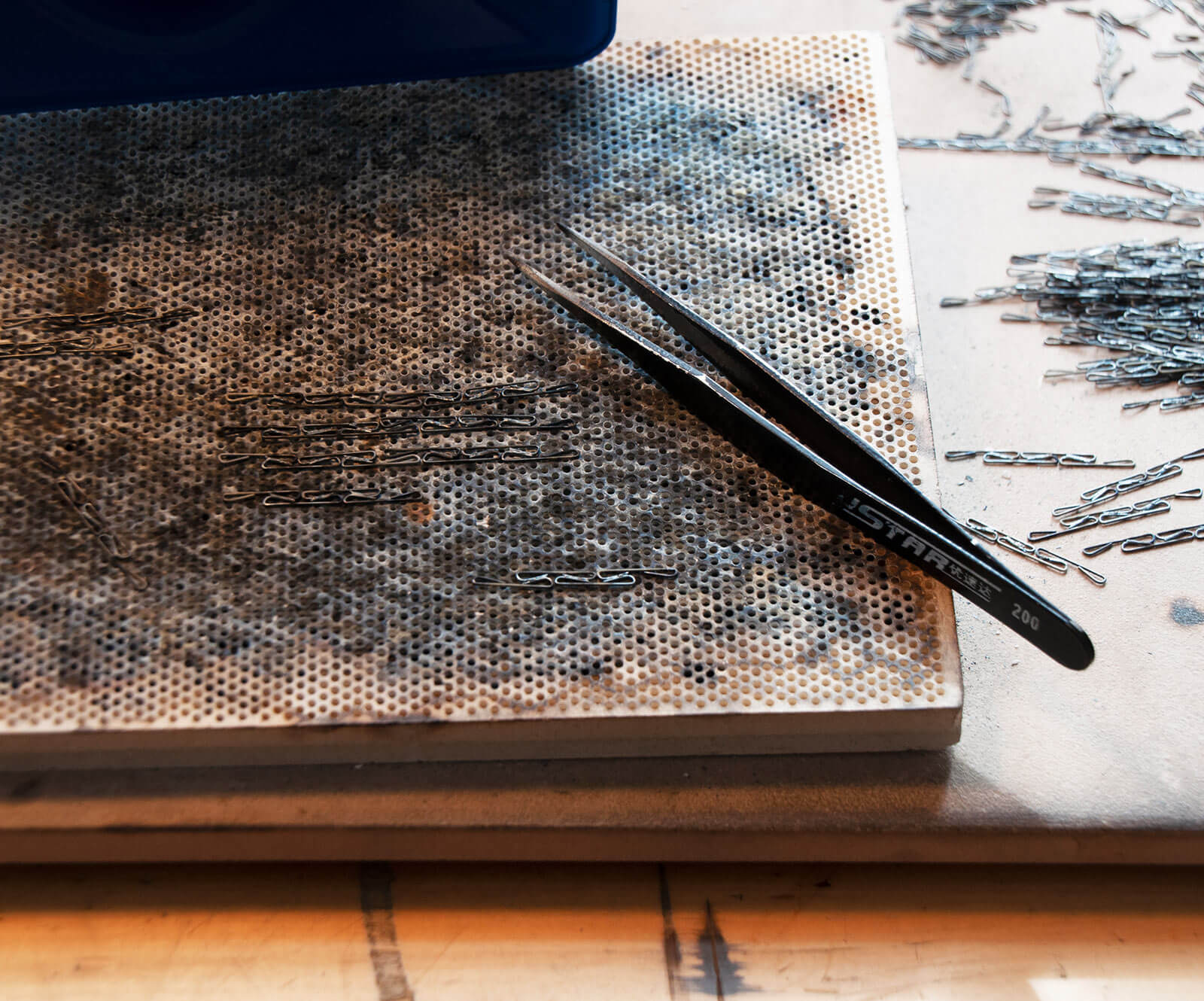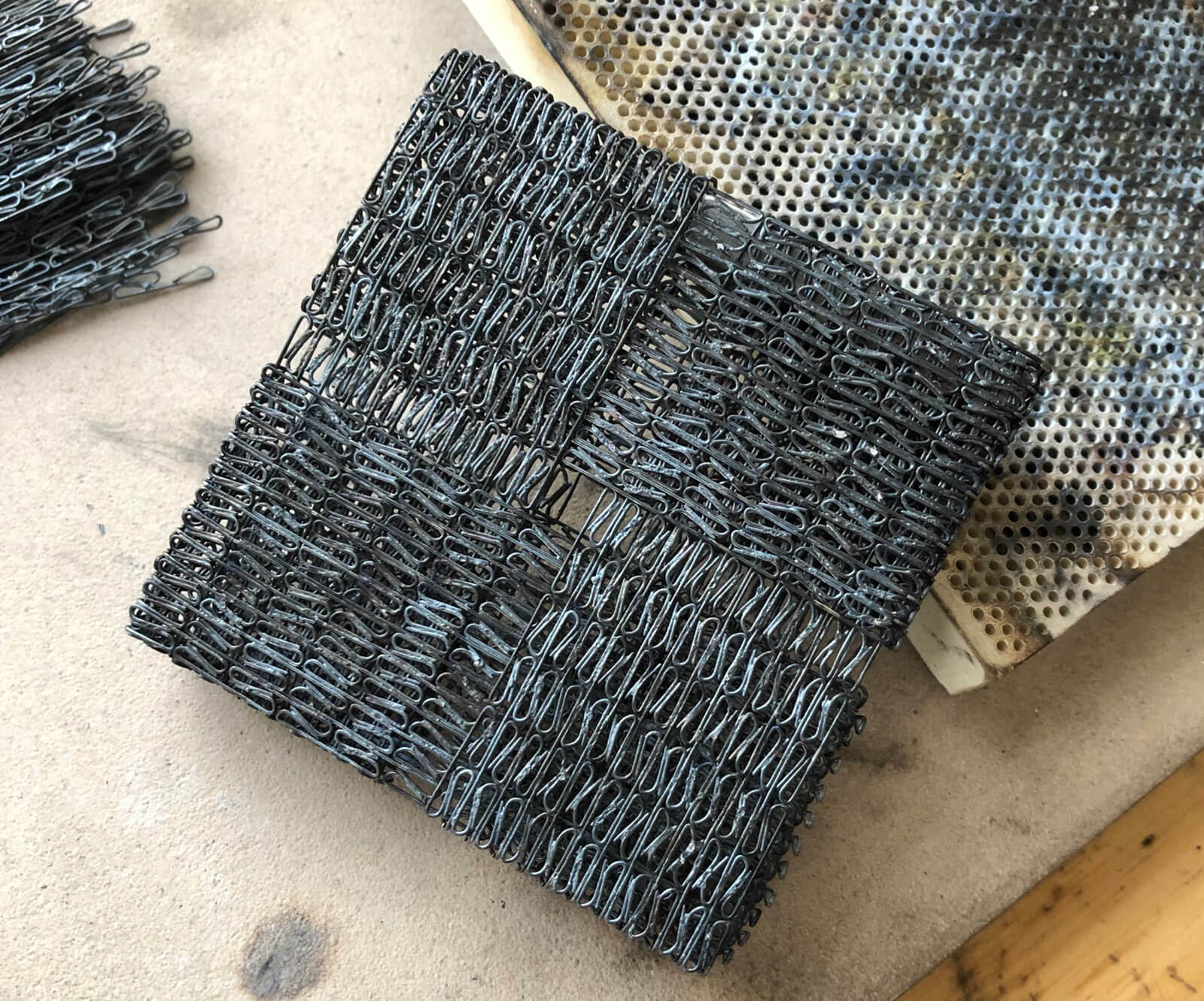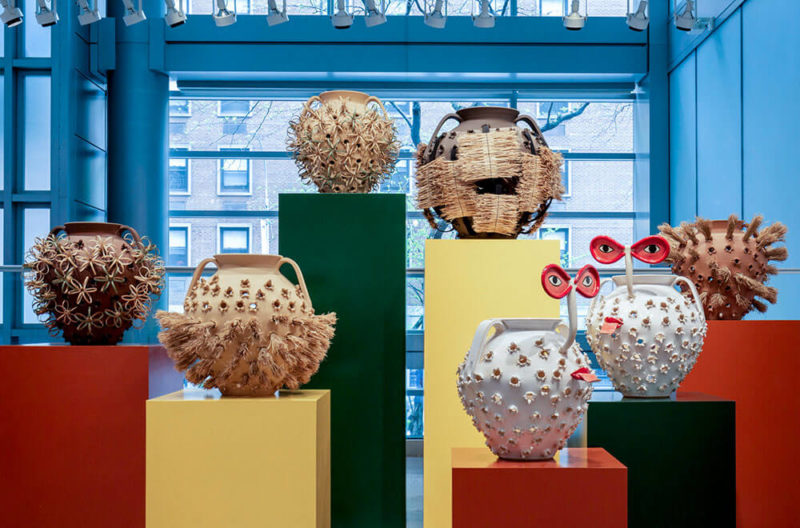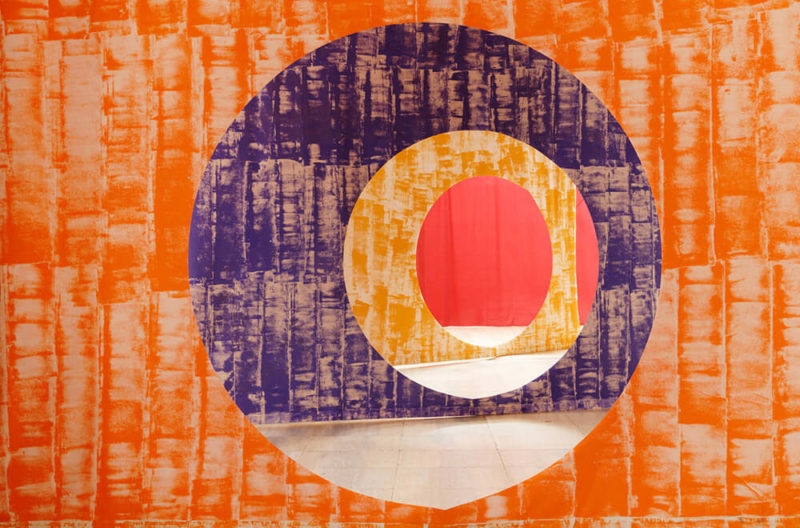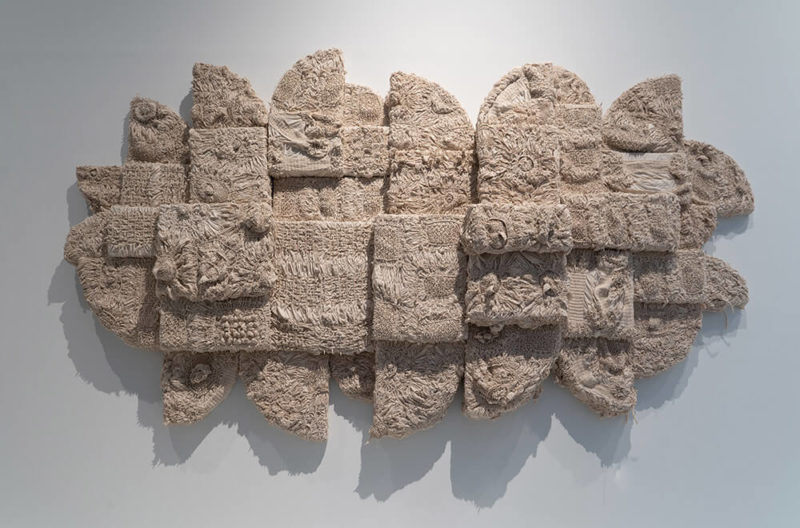LOEWE FOUNDATION Craft Prize 2021
Six outstanding pieces from the shortlist of the international prize that brings contemporary craft into the limelight.
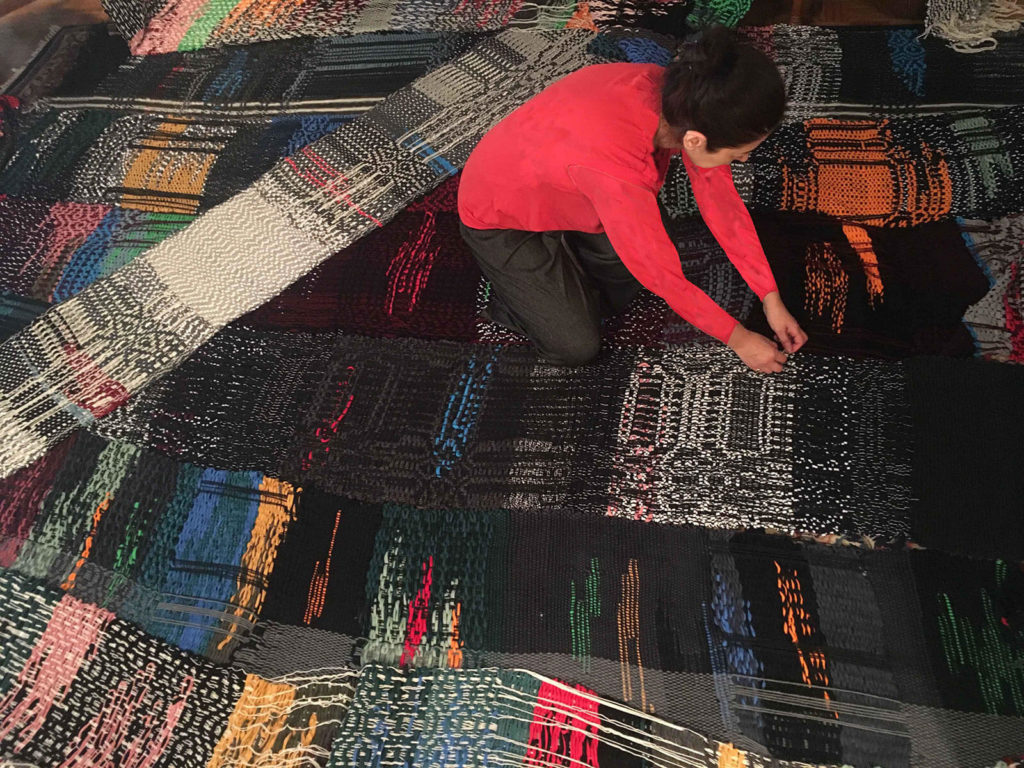
Afsaneh Modiramani, Tehran
COURTESY: Afsaneh Modiramani and LOEWE Foundation
THE ANNUAL LOEWE FOUNDATION Craft Prize is always a high point in the international visual arts calendar, celebrating as it does some of the best in contemporary craft from all corners of the world. This year’s iteration is particularly exciting, partly because we have had to wait so long (the 2020 edition fell victim to the pandemic), and partly because the shortlist – comprising 30 finalists from 18 different countries across all six continents – is the most global since the prize was launched in 2016. Consequently, this year’s prize presents a fascinating overview of what constitutes contemporary craft at this moment.
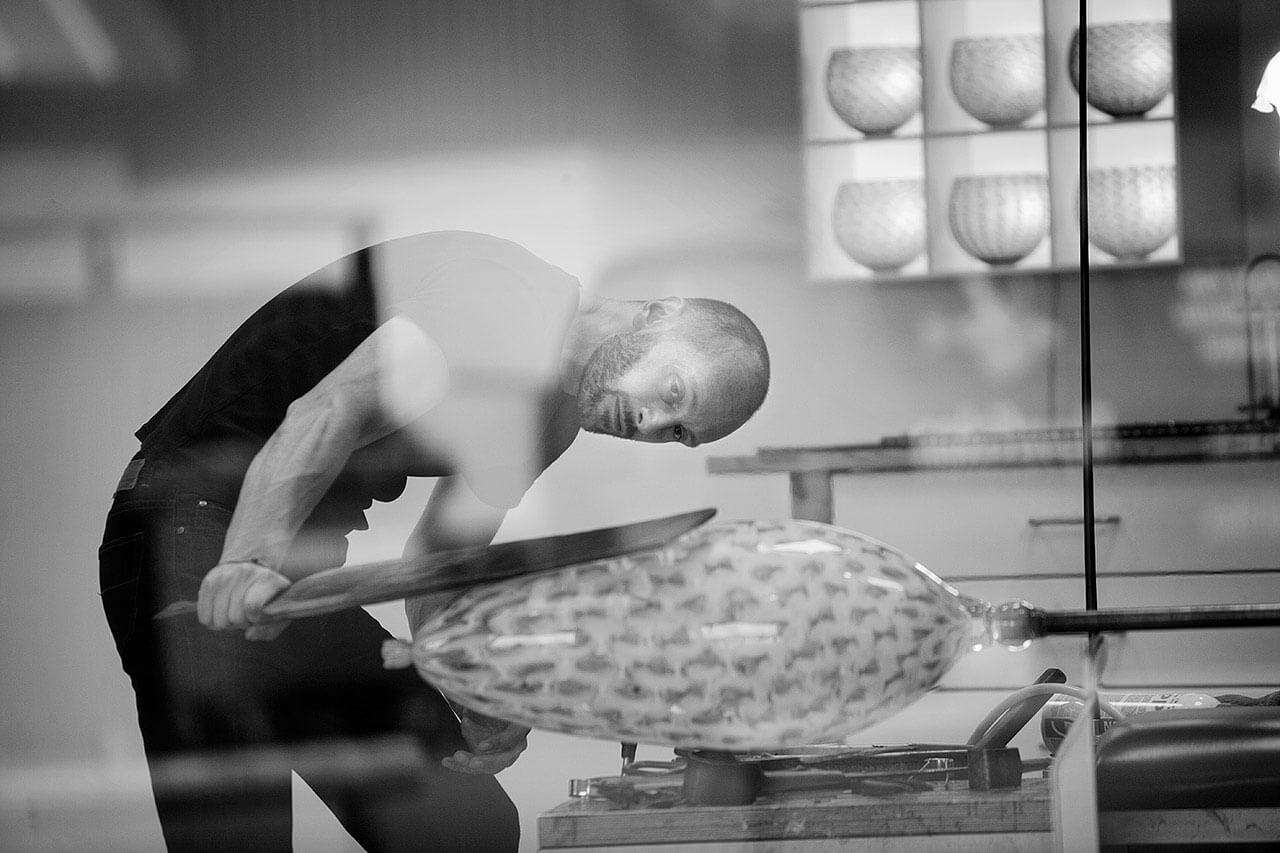
Tobias Møhl, Denmark
COURTESY: Tobias Møhl and LOEWE Foundation
“We have always known that craft with an artistic ambition exists throughout the globe,” says Anatxu Zabalbeascoa, Chair of the prize jury. “It is an honour to be able to find so many outstanding examples of good craft that we believe adds to contemporary culture and updates traditions.”
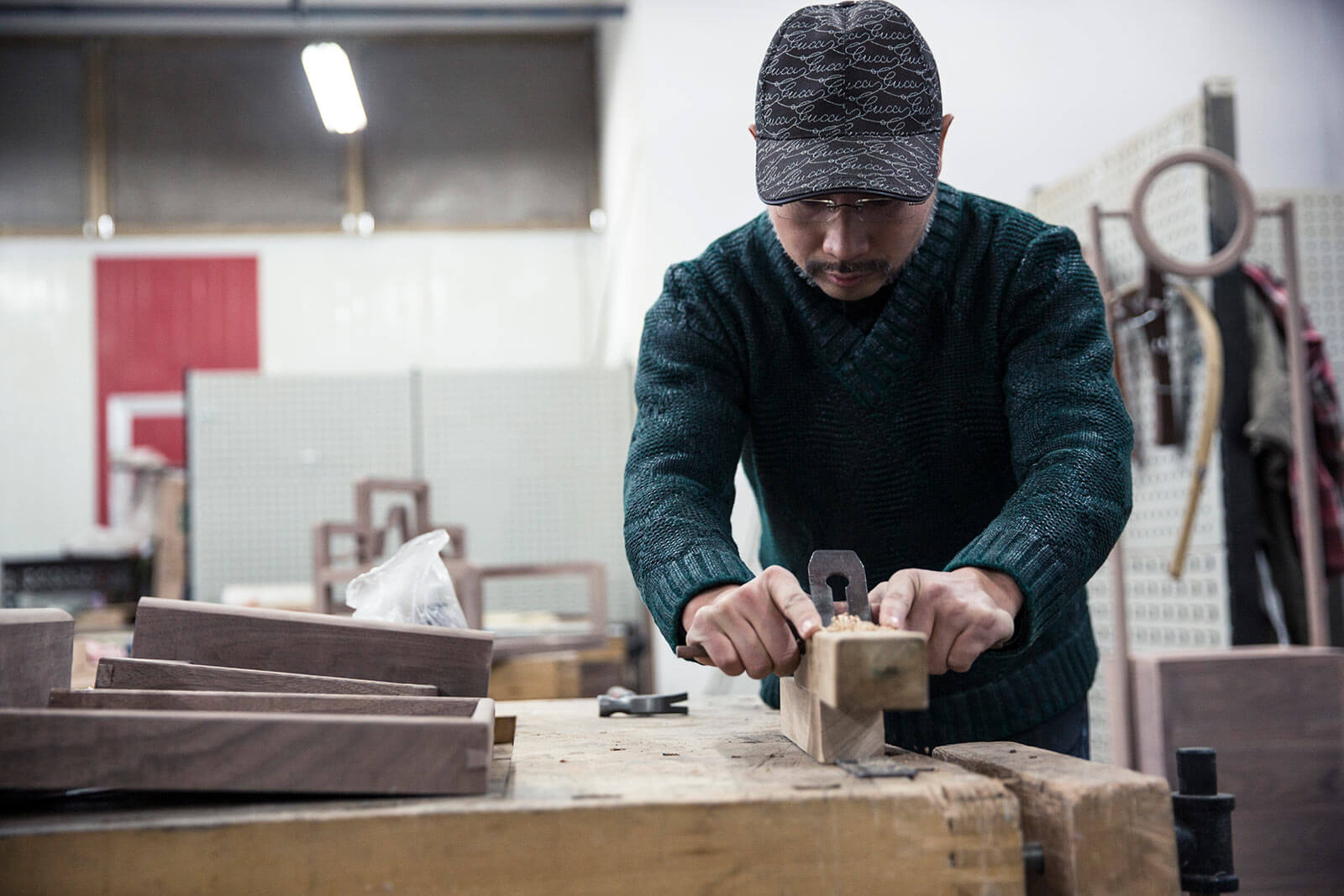
Yang Gao, China
COURTESY: Yang Gao and LOEWE Foundation
One of the central aims of the prize is to recognise working artists whose talent, vision and innovation promises to set a new standard for the future. The work selected for this year’s award spans media and form, but what unites it all is each maker’s willingness to reimagine traditional techniques. Japanese lacquer work, 17th century Venetian glasswork, Chinese tie-dyeing, amongst many others, have all been re-examined and given a new connection to contemporary culture that has nothing to do with nostalgia.
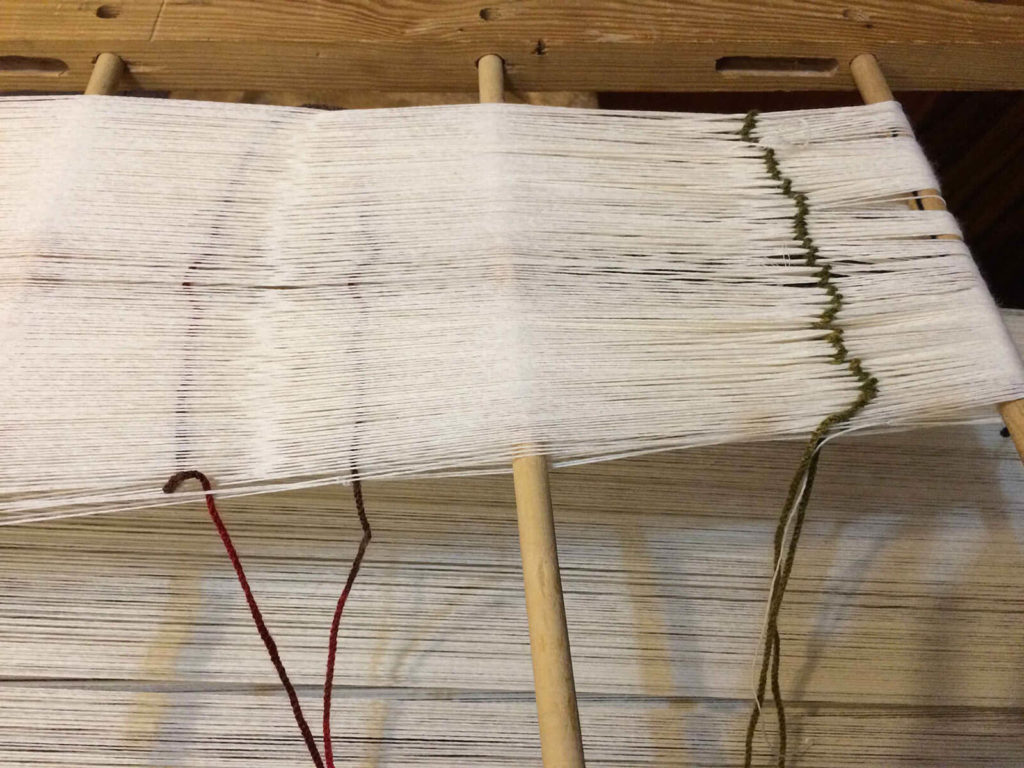
Work in progress, Afsaneh Modiramani
COURTESY: Afsaneh Modiramani and LOEWE Foundation
“Craft is about newness as much as it is about tradition,” says the award’s founder Jonathan Anderson, Creative Director of LOEWE, “and I think the role of the Craft Prize is to help shape the way in which craft will be presented to the next generation.” The LOEWE FOUNDATION Craft Prize 2021 exhibition will be available to view online from 25th May. We have had a preview: here are six truly remarkable works.
Yang Gao, ‘Dandelion’ (bamboo), 2016
‘Dandelion’ by Chinese designer Yang Gao, is made entirely from bamboo, a sustainable material he has been exploring for a decade and feels is “underappreciated in the Western world.” His first piece, ‘Sofa’, saw him place sticks of bamboo side by side, but with ‘Dandelion’ he has hammered and split the ends to create forms that resemble the gossamer seed heads of dandelions. Layered, one on top of the next, they form a soft, voluminous and enticingly tactile ottoman. “One of the challenges is how to present the lightness of bamboo as an advantage to people,” says Gao. “This piece was inspired by my accidental discovery that the cross section of bamboo looks like a dandelion seed head, something so light it spreads on the wind.”
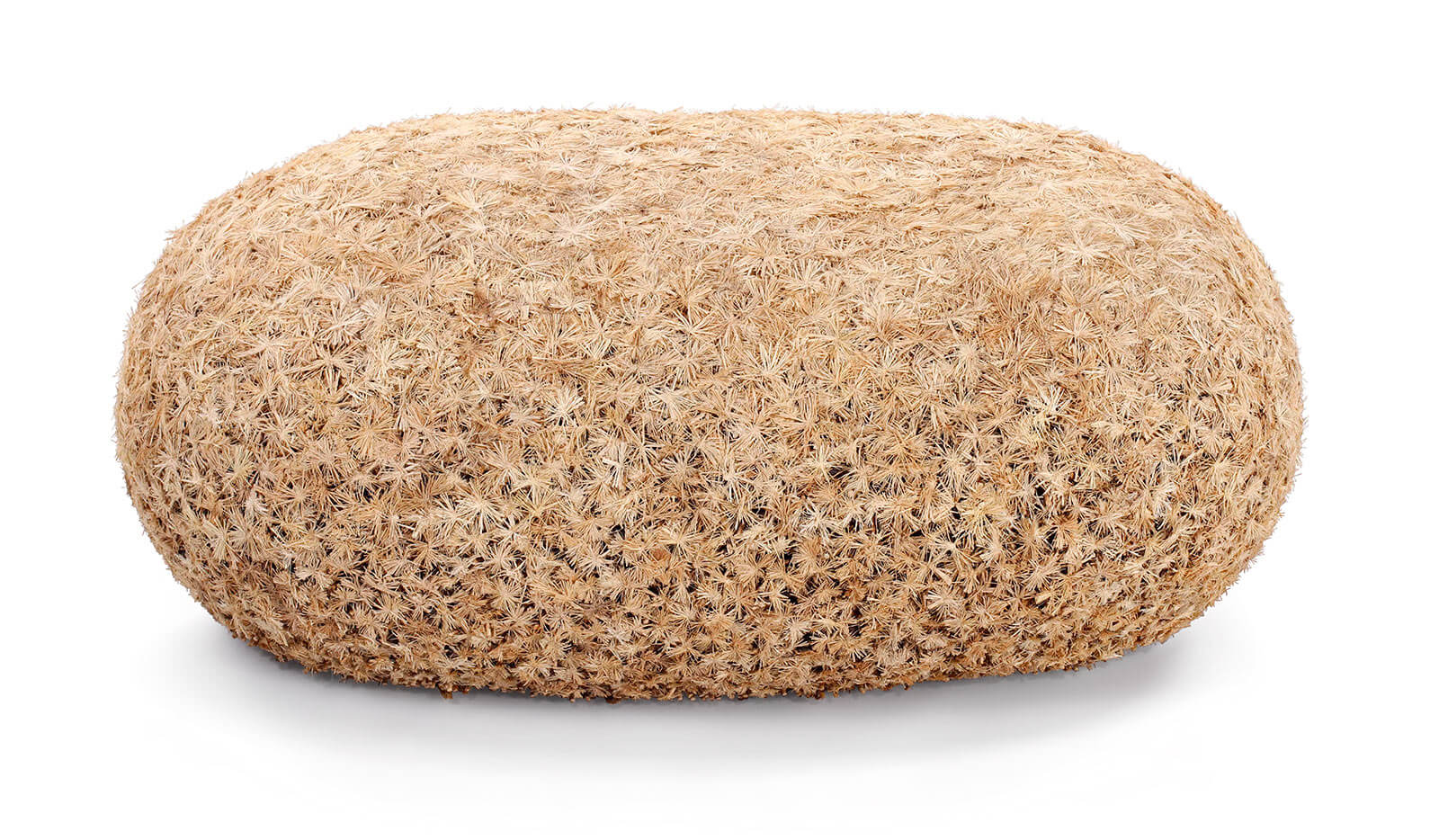
Yang Gao, ‘Bamboo’, 2016
COURTESY: Yang Gao and LOEWE FOUNDATION
Afsaneh Modiramani, ‘A Little Space to Live’ (cotton, wool and silk), 2019
Textile artist Afsaneh Modiramani’s duet of handwoven tapestries, ‘A Little Space to Live’, speaks to the experience of life in her home city of Tehran. The name comes from a poem by Ahmad Shamlou, and in one she has woven a view of a tower, while in the other she shifts the gaze inside, showing us a close-up of yet another building glimpsed through the window. Sparse trees dot the horizon. “The repetition of a regular pattern, followed by the twisting and stretching warps, indicates the roads and the endless movement of cars and people of this crowded place,” Modiramani says, “and by choosing the same colours and patterns in both works, I intend to show a sense of monotony, repetition and being surrounded.”
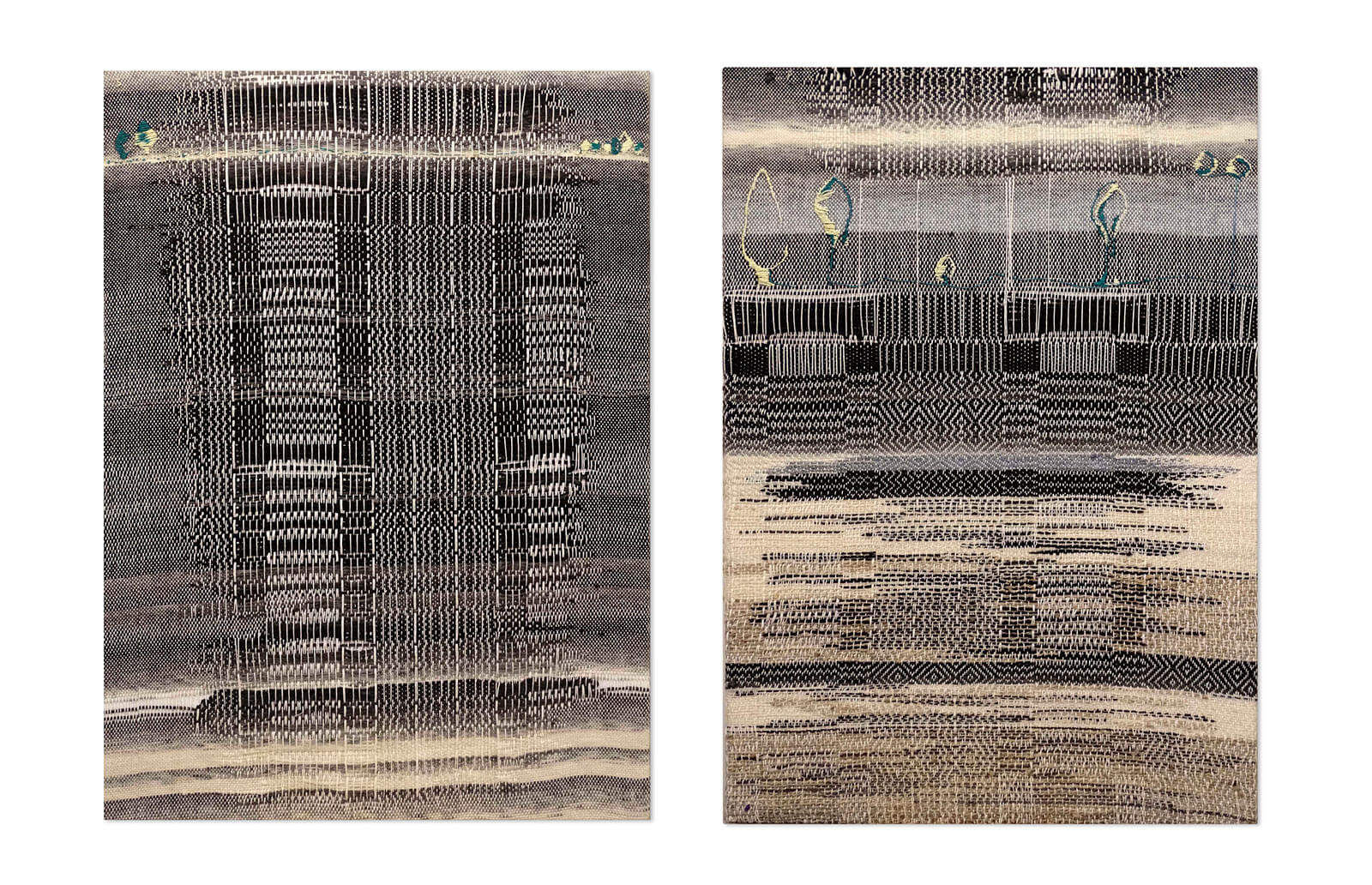
Afsaneh Modiramani, ‘A Little Space to Live by’, 2019
COURTESY: Afsaneh Modiramani and LOEWE FOUNDATION
Darshana Raja, ‘Whole Hole’ (mvuli wood, rubber and stainless steel), 2019
Darshana Raja’s rhythmic and lyrical sculpture ‘Whole Hole’ is an investigation of how to breathe life into inert sticks. “I live in Kenya, a country where someone’s waste is another person’s treasure,” she explains. “I set myself a challenge to turn someone else’s abandoned fragments into something with meaning and structure – to make them whole again.”
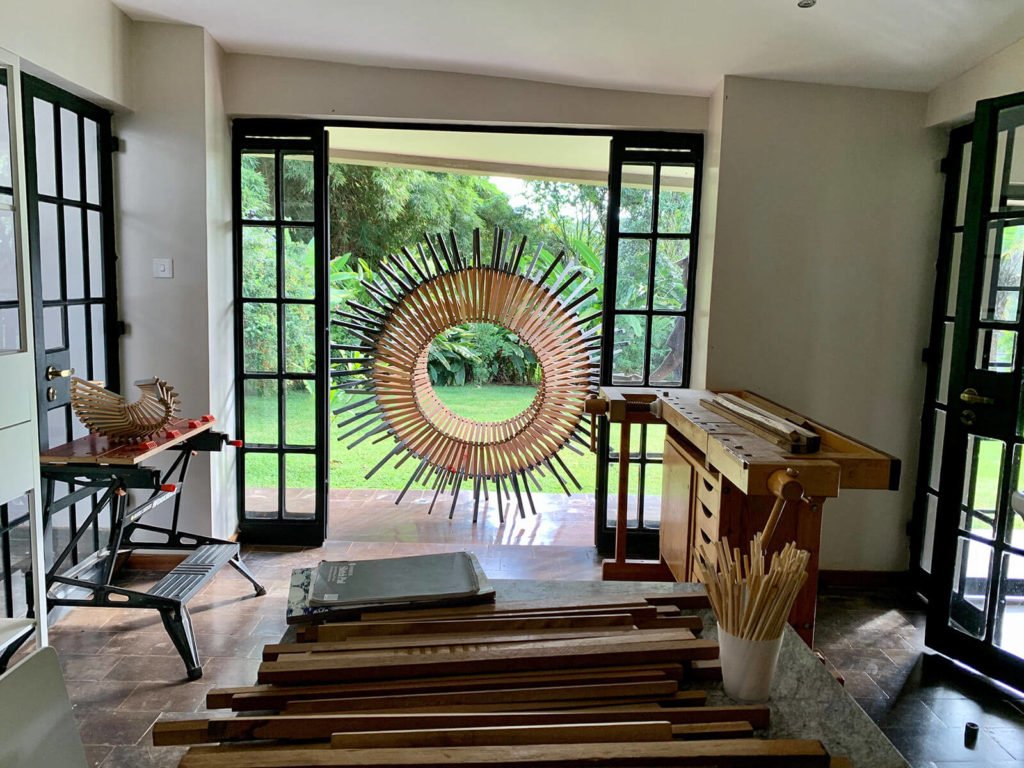
Darshana Raja, ‘Whole Hole’, 2019 at the artist’s studio, Kenya
COURTESY: Darshana Raja and LOEWE Foundation
Those fragments were off-cuts of Mvuli, a wood strong enough to hold structure and allow Raja to push the boundaries of scale. Having cleaned and planed each stick, she then arranged them in a precise mathematical configuration before using the Japanese Shou Sugi Ban technique to scorch each one and produce a beautiful patina that highlights the varied lengths of each segment. “Creating beauty from someone else’s discards has been invigorating,” she says.
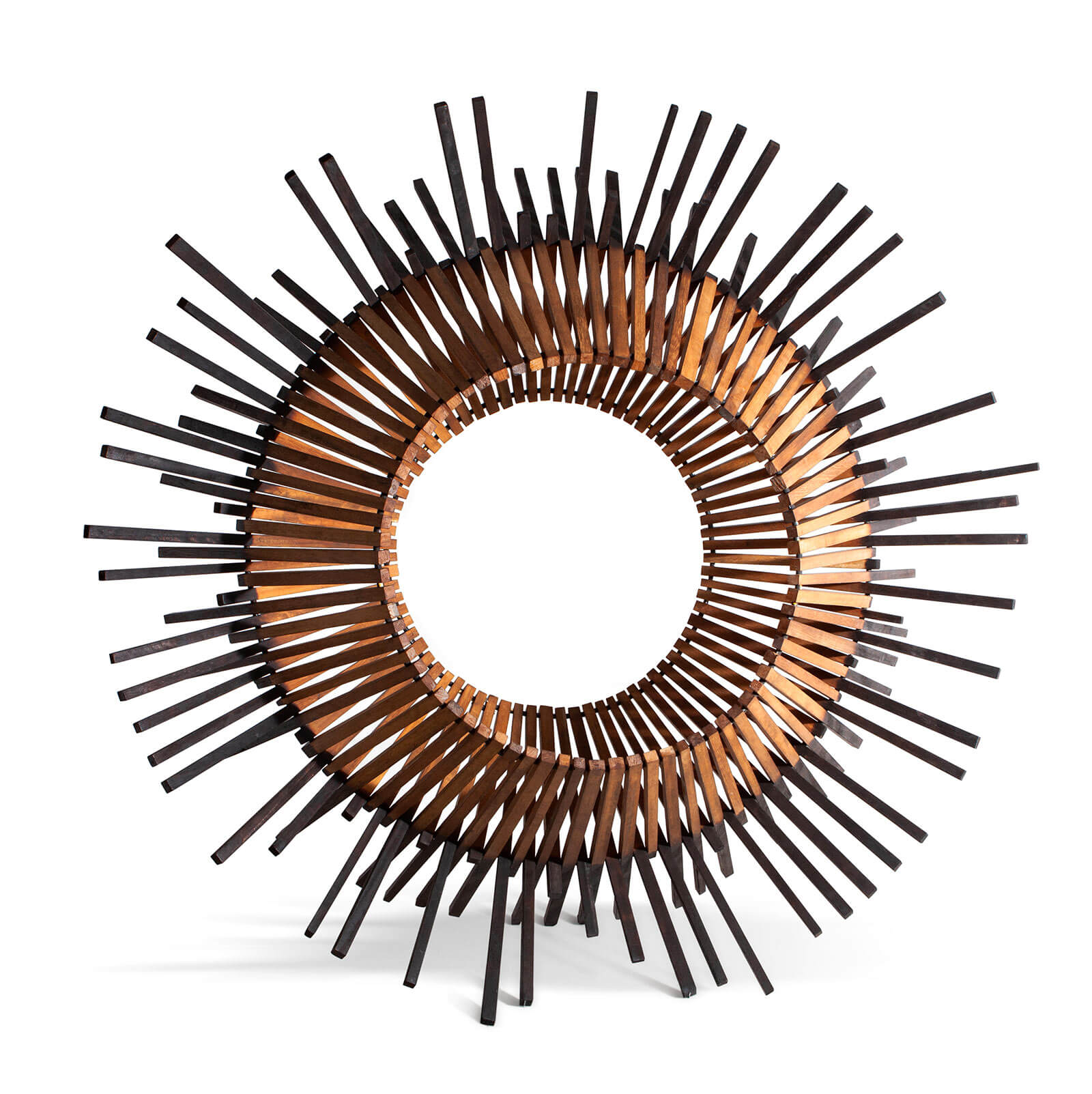
Darshana Raja, ‘Whole Hole’, 2019
COURTESY: Darshana Raja and LOEWE FOUNDATION
Jess Tolbert, ‘Greater-Than’ (staples, steel and 14K gold), 2019
American jeweller Jess Tolbert explores the use of industrially-made products to create pieces that are simultaneously manufactured and handcrafted. Her ‘Greater-Than’ brooch is part of a series of work made from upcycled staples. Attracted by the staple’s recognisable form and the rhythm of its use, Tolbert has transformed them into dynamic and compelling compositions through repetitive actions of layering, patterning, and systemically constructing.
-
Work in progress, Jess Tolbert
COURTESY: Jess Tolbert and LOEWE Foundation
-
Work in progress, Jess Tolbert
COURTESY: Jess Tolbert and LOEWE Foundation
“Reconsidering the commonplace objects of everyday life and mass production as jewellery creates an intimate link to our relationship with labour and the built environment,” she says. “This timely investigation focuses on the merits of reinvention and reclamation as a creative act.”
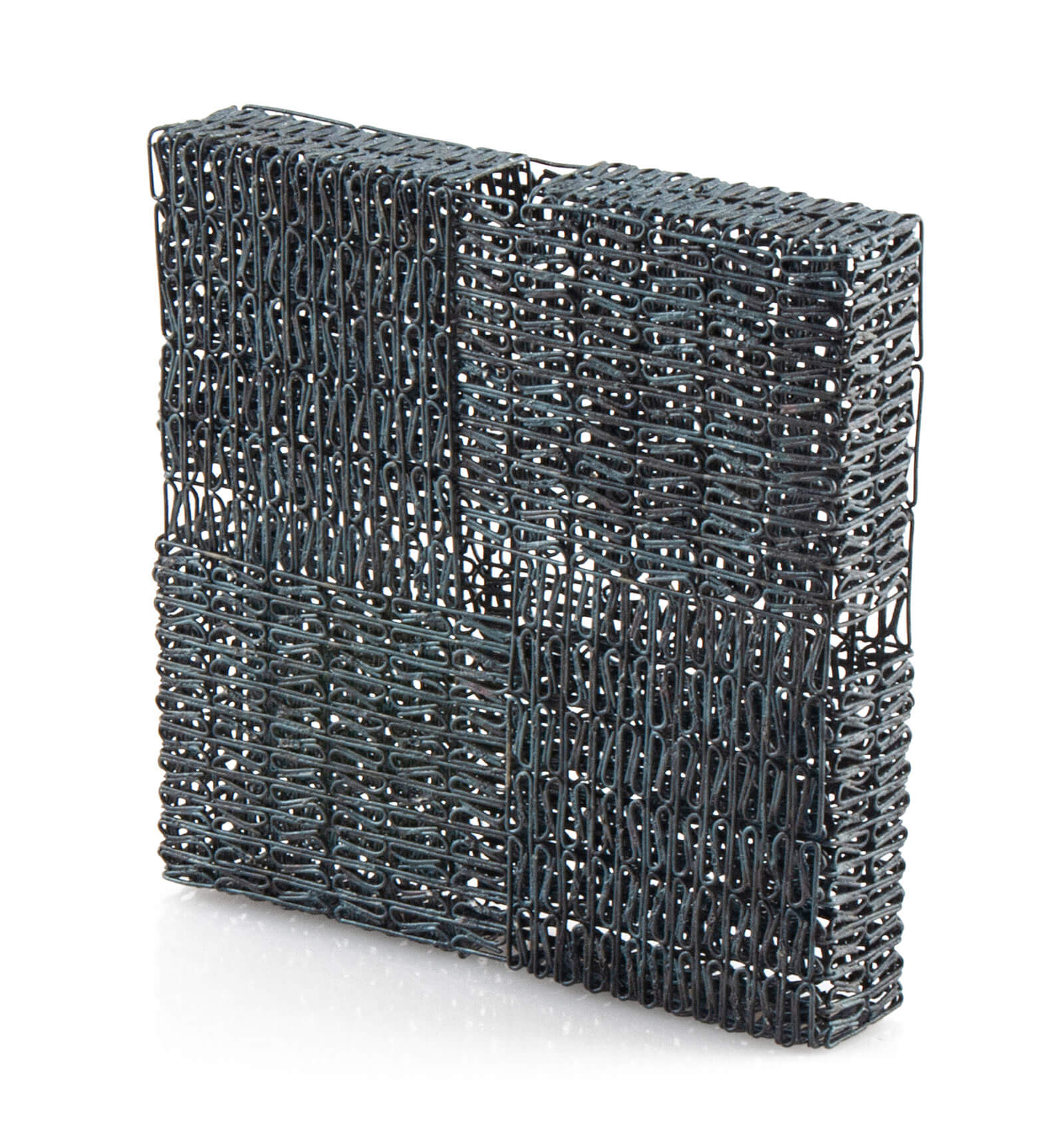
Jess Tolbert, ‘Greater-Than’, 2019
COURTESY: Jess Tolbert and LOEWE FOUNDATION
Kohei Ukai, ‘Fusion 19-07’ (urushi lacquer, Japanese linden wood and hemp), 2019
Japanese artist Kohei Ukai sees lacquer work as a material of expression. He employs long-established techniques, but while traditional lacquer work emphasises the finished form, he uses it to highlight the process. “I am seeking a primitive and dynamic form in sculpture that is accidentally born in the conversation between my hands and materials,” he says. “Urushi is a sap, an entity that protects trees, and every time I apply lacquer, pouring layer upon layer onto a piece of carved or torn Japanese linden wood, that wood is gently wrapped and the surface changes.”
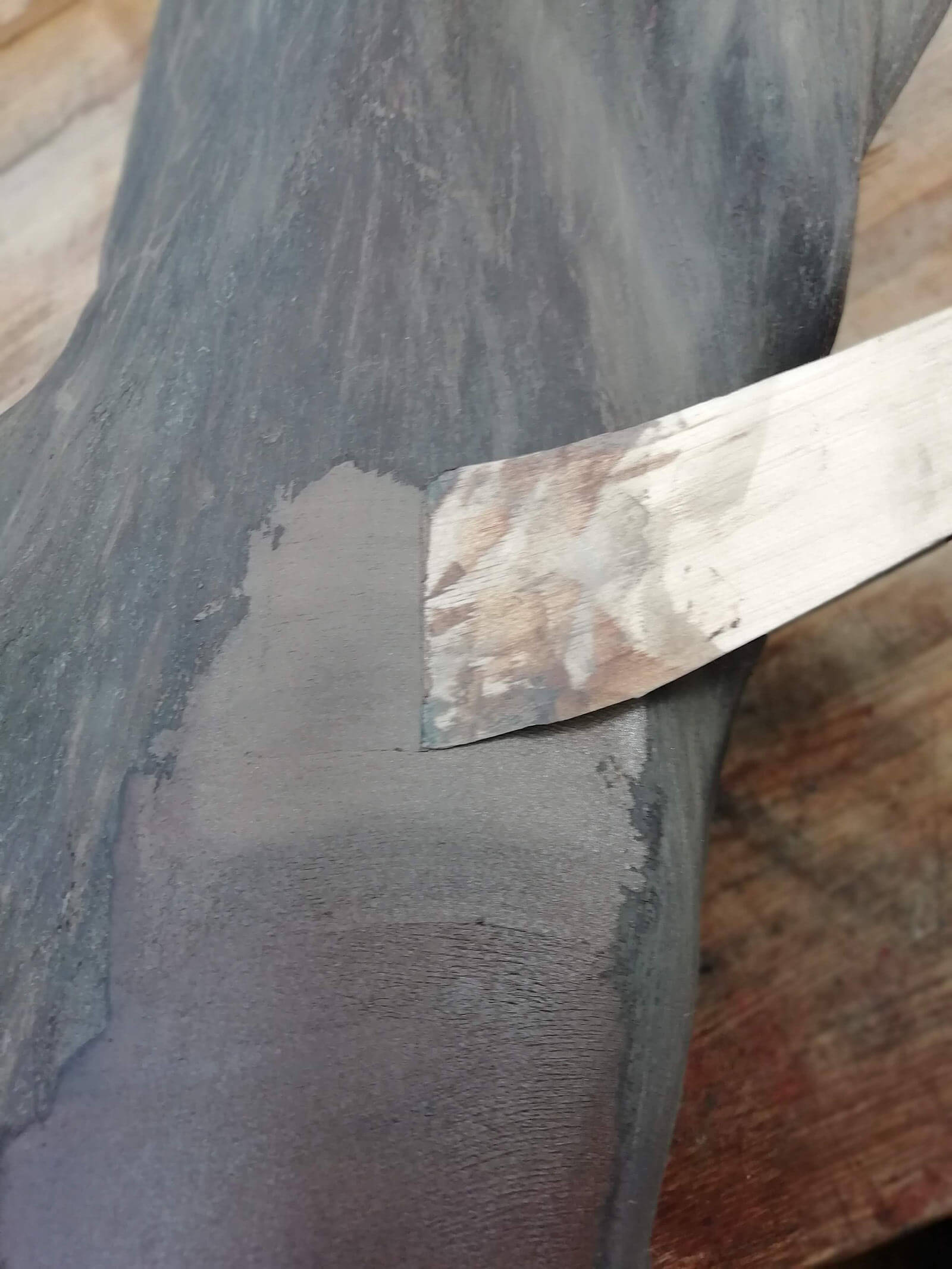
Kohei Ukai applying urushi
COURTESY: Kohei Ukai and LOEWE Foundation
At two metres long, ‘Fusion 19-07’ is the largest work Ukai has made yet. This scale allows the viewer to fully appreciate the striking juxtaposition of the dry, textured wood with the brilliant, reflective lacquer that seems to melt off the very edges of the piece.
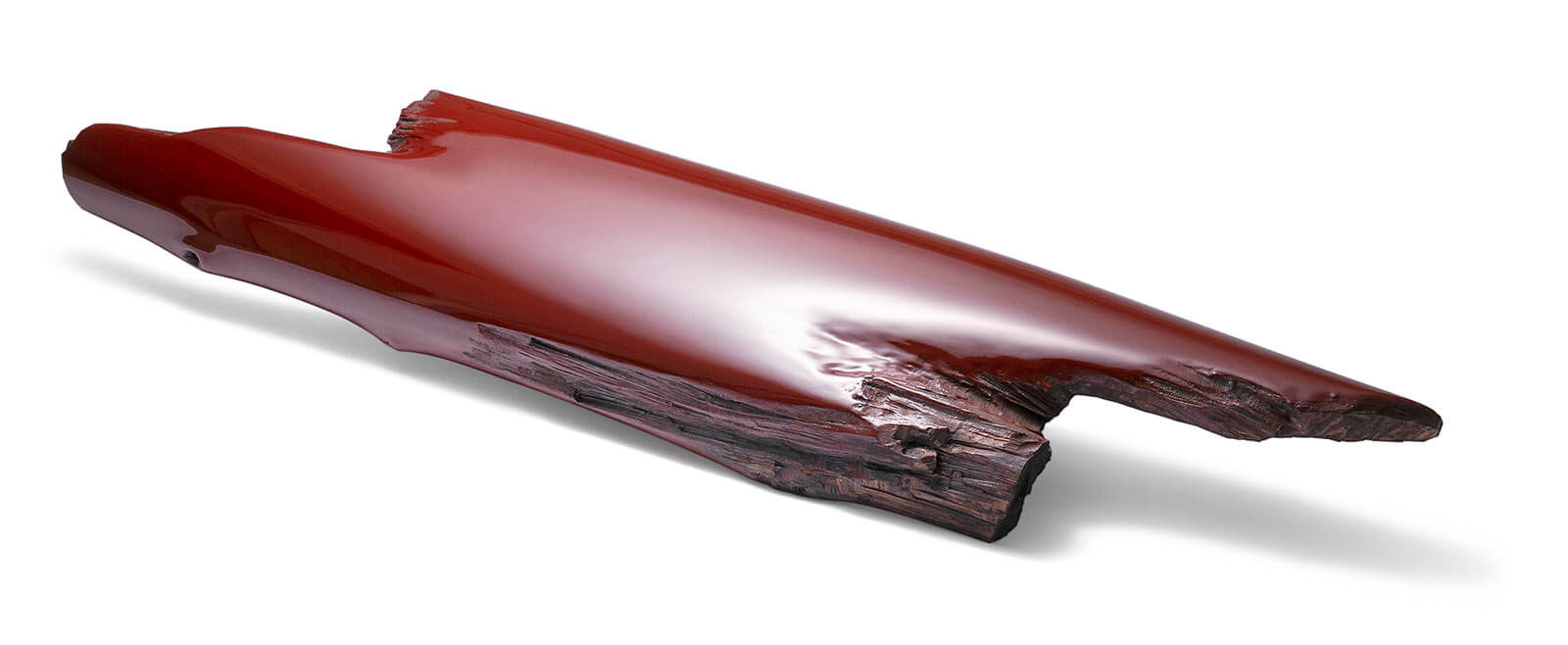
Kohei Ukai, ‘Fusion 19-07’, 2020
COURTESY: Kohei Ukai and LOEWE FOUNDATION
Tobias Møhl, ‘Black Twill Collection’ (glass and wood), 2019
Danish artist Tobias Møhl has long been interested in Venetian glass blowing. His ‘Black Twill Collection’, a series of five black and brown glass vessels patterned to resemble leaves or feathers, is based on filigrano techniques dating back to the 17th century.
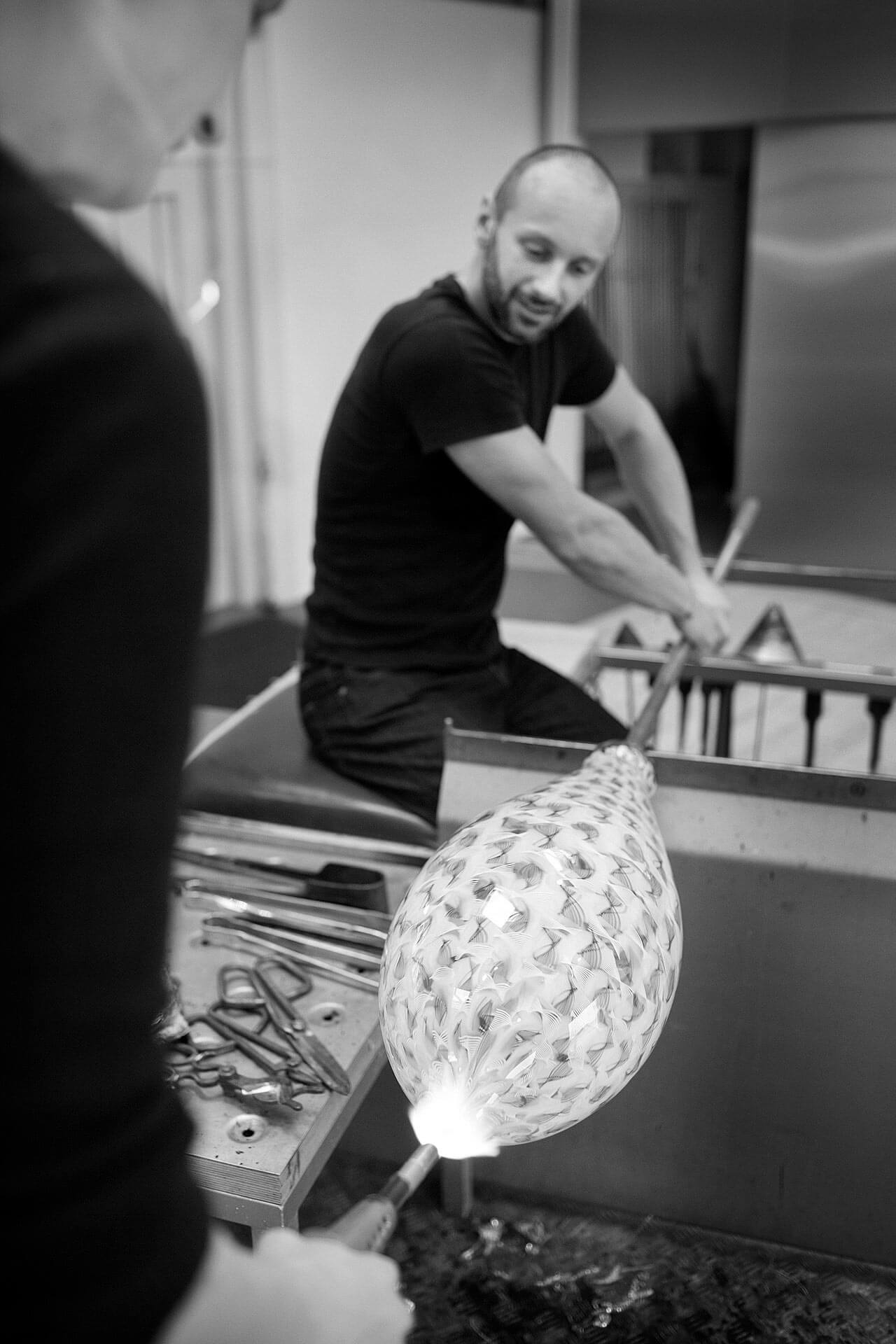
Tobias Møhl working with glass
COURTESY: Tobias Møhl and LOEWE Foundation
“These techniques open up possibilities to work with very small details in blown glass,” he says. “First I make the thin canes of black glass, then I roll them up on the clear glass. By twisting and folding the glass, the different patterns appear. The vessels are then blown and shaped.” The resulting vessels honour the tradition, but also speak to a contemporary Scandinavian aesthetic and, says Møhl, “represent what, over the years, I have achieved both technically and artistically in glass.”
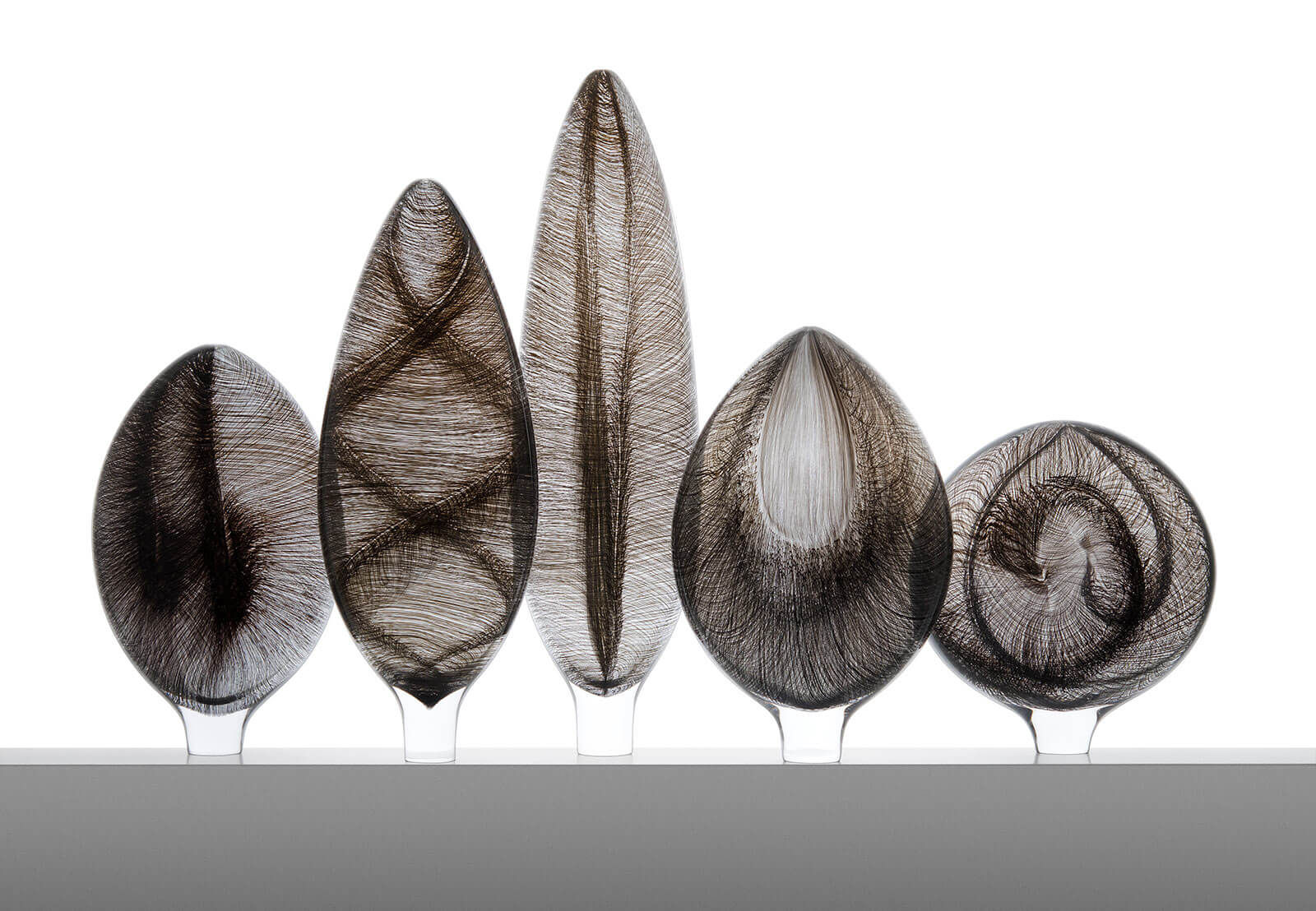
Tobias Møhl, ‘Black Twill Collection’, 2019
COURTESY: Tobias Møhl and LOEWE FOUNDATION
Postcript:
We are delighted to announce that the winner of the LOEWE FOUNDATION Craft Prize 2021 is Fanglu Lin, for her work ‘SHE’.
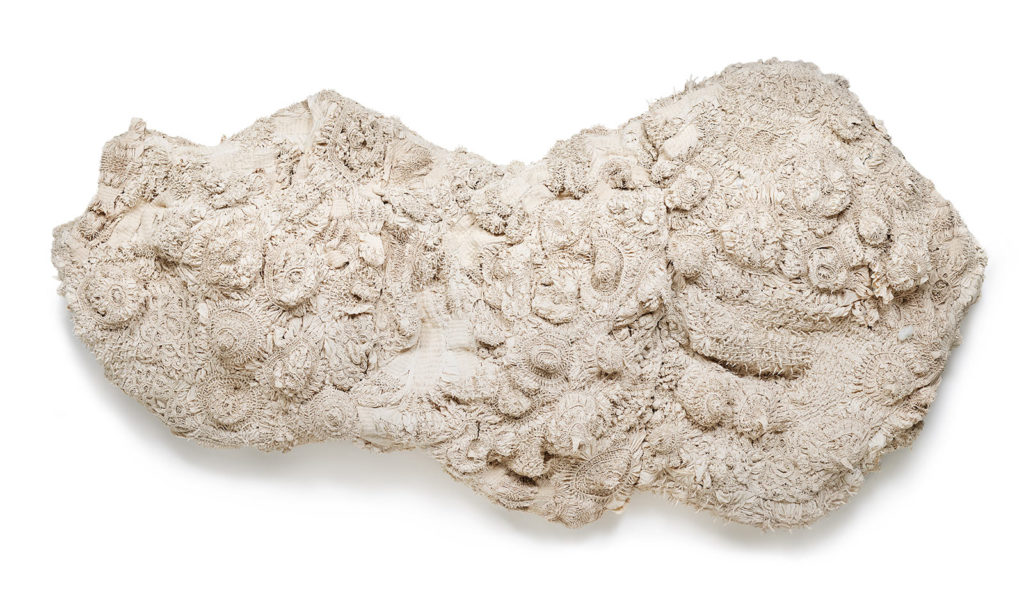
Fanglu Lin, ‘SHE’, 2016
COURTESY: LOEWE FOUNDATION Craft Prize
This vast wall installation – measuring 600 x 55 x 300 cm – took over three months to create, using the traditional techniques of tie-dyeing from the Bai minority group in Zhoucheng Village, Yunan, China. The process involves intricate knotting, stitching, folding and pleating of cotton cloth, and has been used in this remote area for at least 1,000 years. This extraordinary piece of work is Lin’s tribute to the women who continue to keep these labour-intensive techniques alive.
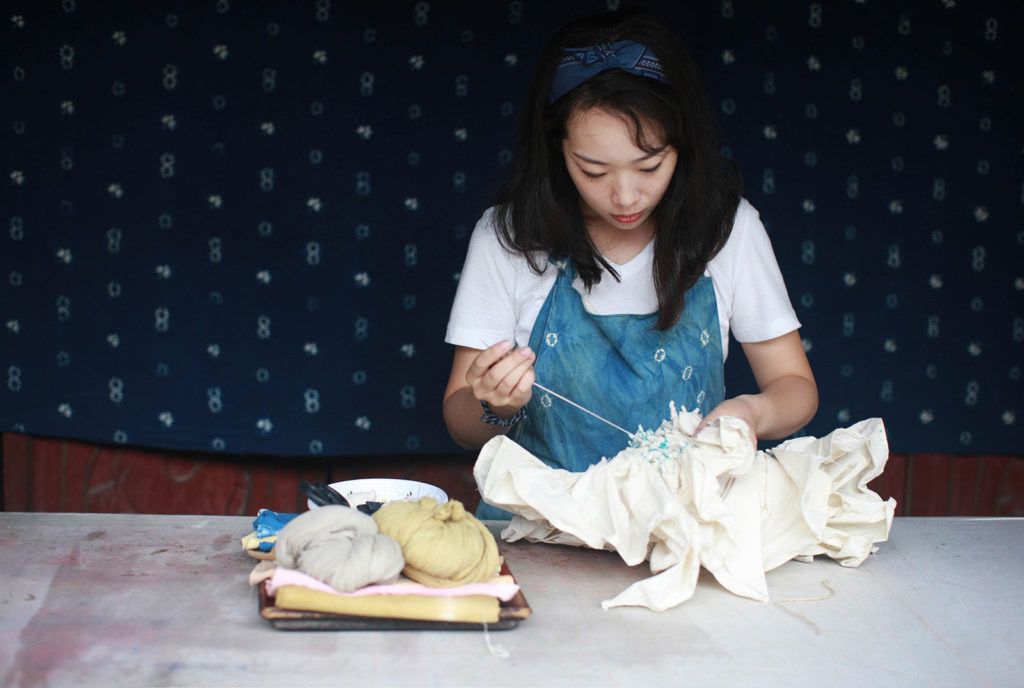
Fanglu Lin
COURTESY: LOEWE FOUNDATION Craft Prize
Last year, The Design Edit covered another piece of Lin’s work as our Object of the Week: ‘She’s Stone’, 2020. A link to the article appears below under the title ‘Related’.

